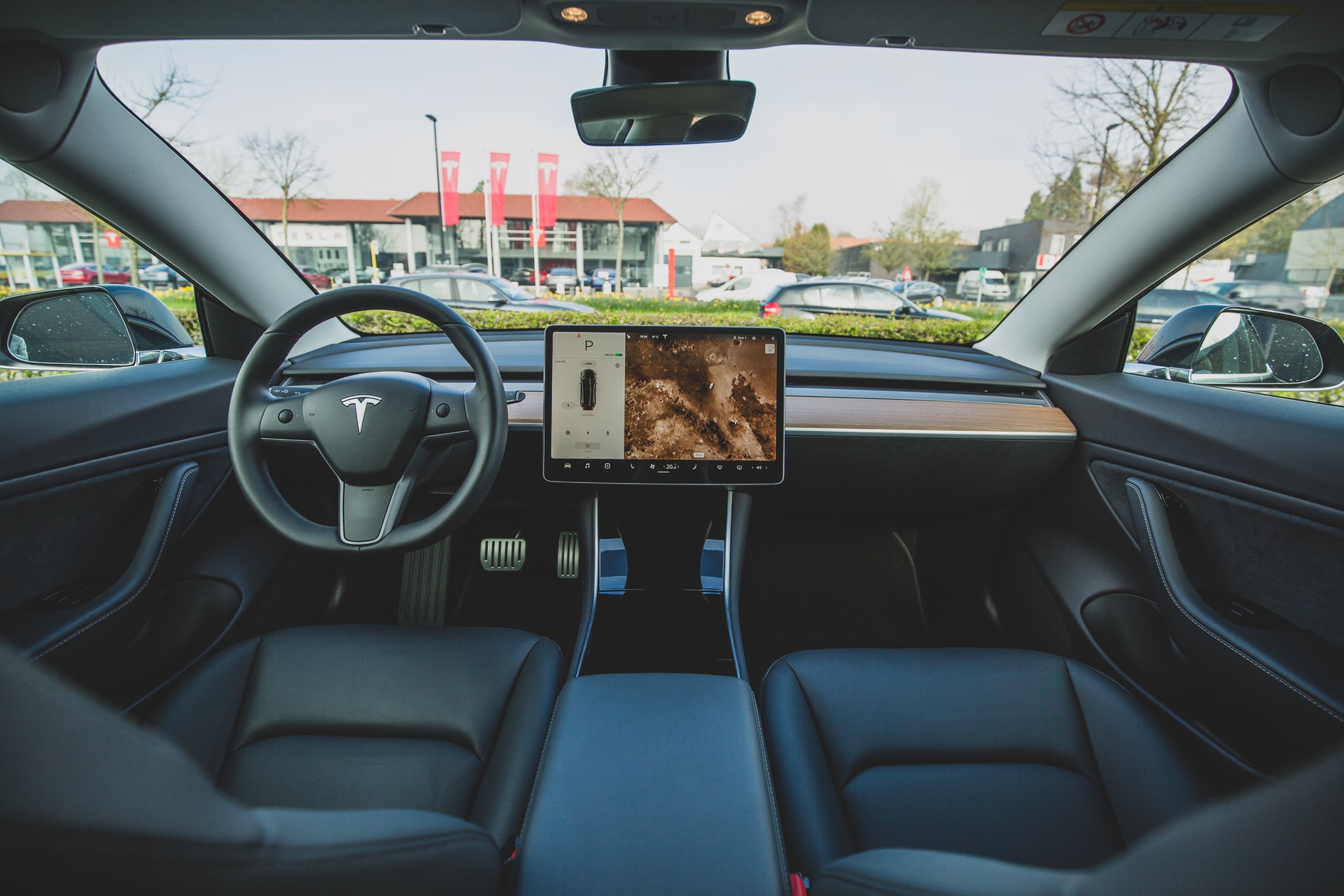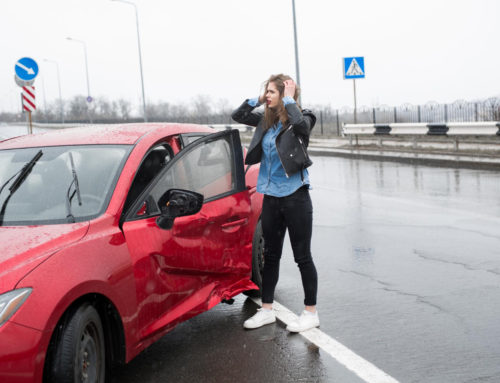Who’s Really to Blame in a Driverless Car Crash? It’s Not Always Who You Think!
With autonomous vehicles (AVs) speeding into our future, the idea of letting a car do the driving is becoming more and more enticing. Just imagine—no more road rage, no more arguing with your GPS, and, most importantly, no more parallel parking! But what happens when an accident occurs? The question that many future AV owners might not have considered is: Who’s at fault in a driverless car crash? Spoiler alert: It’s not as clear-cut as you might think.
Levels of Vehicle Automation: The Ultimate Self-Driving Breakdown
Before you take the wheel (or, well, let the car take the wheel), it’s important to understand the different levels of automation in self-driving cars. Think of it like a spectrum, ranging from the “barely helping” to the “I’m on vacation in the backseat.” Here’s the rundown, straight from the National Highway Traffic Safety Administration (NHTSA) and the Society of Automotive Engineers (SAE):
- Level 0 – No Automation: This is your good old-fashioned car where you do all the work. You steer, you brake, you accelerate, you avoid potholes… the works.
- Level 1 – Driver Assistance: Think of this as your car giving you a little nudge—adaptive cruise control or lane-keeping assistance. The car does a tiny bit, but you’re still the captain.
- Level 2 – Partial Automation: At this level, your car can handle both steering and acceleration at the same time. It’s like having a co-pilot—just don’t try to nap. You’re still in charge of watching the road.
- Level 3 – Conditional Automation: This is where things start to get interesting. The car can drive itself in certain conditions, but you need to be ready to jump in if things go sideways. It’s like your car is saying, “I’ve got this…but if I don’t, please save me!”
- Level 4 – High Automation: The car drives itself most of the time, but you still have a backup role just in case. It’s like the car is your very capable assistant that occasionally asks you for help when it gets confused.
- Level 5 – Full Automation: This is the holy grail of self-driving cars. No need for a steering wheel, no need for pedals. You’re basically just a passenger, so don’t forget to pack snacks.
When Is the Driver Responsible?
Even if your car is equipped with the most advanced technology, there’s still a good chance you’ll be responsible for any accidents that occur. Autonomous vehicles are powered by a combination of sensors, and while they’re impressive, they’re not perfect. Here are the primary sensors your self-driving car uses to avoid collisions:
- Ultrasonic Sensors: They’re cheap, but they can’t see too far ahead. Great for parking, but not so great for avoiding that surprise deer that pops out on the highway.
- Radar: Radar can detect objects farther away, but it has a hard time identifying what those objects are. It’s like having a radar detector but not knowing if it’s a car or an overzealous mailbox.
- Lidar: Using lasers, lidar gives a detailed view of the surroundings. But if it’s foggy or raining heavily, it might just give up and ask for help.
- Cameras: These are your car’s “eyes.” They see the road much like you do, but sometimes they struggle in low-light conditions—like driving at night while trying to read a menu in a dimly lit restaurant.
Now, even with all these sensors, most self-driving cars still require the driver to stay alert and ready to intervene if needed. Unfortunately, many accidents occur when drivers ignore warnings or fail to take control when the system asks for help. So, if your driverless car runs into a problem, you’re probably going to be the one who gets the blame.
When Is the Manufacturer Responsible?
Sometimes, the blame doesn’t fall on the driver. In certain cases, the car’s manufacturer might be at fault—particularly if there’s a malfunction in the technology that causes the crash. Remember, the software and sensors in autonomous vehicles are made by various companies, so it can be tricky to figure out who to blame. It’s like having a group project where no one really knows who did the work.
But don’t worry, most autonomous vehicles keep a detailed record of what happened during a crash, which can help determine whether the car’s system failed or if the driver simply wasn’t paying attention.
Seeking Legal Assistance After an Autonomous Vehicle Accident
Autonomous vehicle accidents can be tricky, so it’s essential to have an experienced legal team on your side. Whether the fault lies with the driver, the manufacturer, or the technology itself, The Pottenger Law Firm is here to help you navigate the complexities of your case. We’ll help you figure out who’s responsible and get the compensation you deserve.
If you’ve been injured in an accident involving an autonomous vehicle, don’t go it alone—reach out for a free consultation. Call us today at 816-531-6006 or email jpottenger@pottengerlaw.com to discuss your case. We’ll help you steer through the legal process (pun intended).







